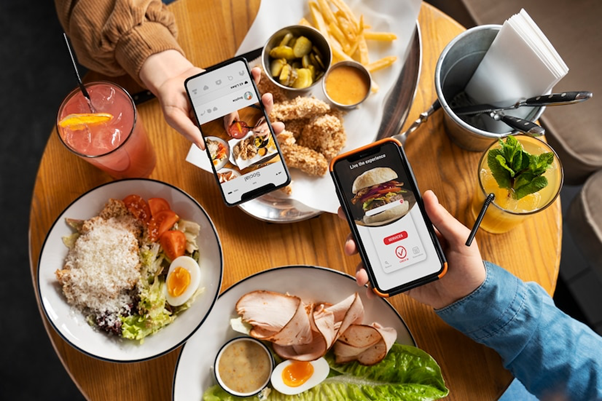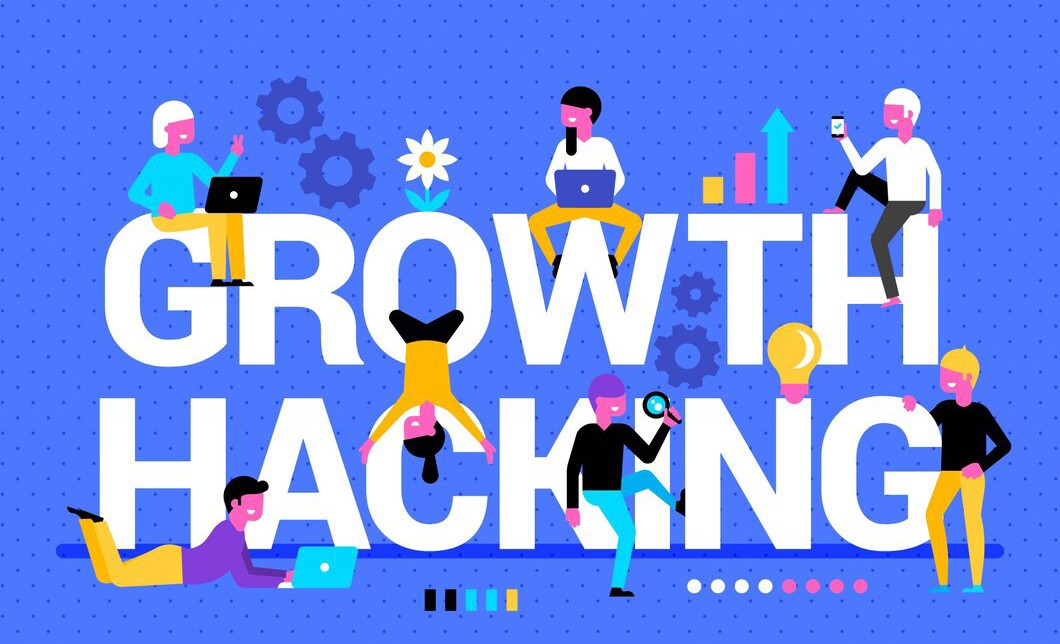
As a food and beverage company, the competition can be tough. Without a solid marketing strategy, it can be hard to stand out and attract new customers. That’s where growth hacking comes in. In this article, we’ll dive into 30 growth hacking strategies for food and beverage companies to help you increase brand awareness, attract new customers, and ultimately grow your business.
Understanding Growth Hacking for Food and Beverage Businesses
What is Growth Hacking?
Growth hacking is a marketing technique that has gained popularity in recent years due to its data-driven and experimental approach. It focuses on rapid experimentation and testing to identify the most effective strategies for driving growth. Growth hacking is all about finding innovative and cost-effective ways to attract and retain customers.
One of the key aspects of growth hacking is its emphasis on using data to make decisions. By analyzing data on customer behavior, businesses can gain insights into what is working and what is not, and adjust their strategies accordingly.
Another important aspect of growth hacking is its focus on experimentation. Rather than relying on traditional marketing methods, growth hackers are constantly testing new ideas and strategies to see what works best. This approach allows businesses to quickly identify what resonates with their target audience and adjust their approach accordingly.
Why is Growth Hacking Important for Food and Beverage Companies?
Food and beverage companies face a unique set of challenges when it comes to marketing. With so many companies vying for consumer attention, it can be difficult to stand out in the crowd. Additionally, consumers are becoming increasingly health-conscious and are looking for products that align with their values and beliefs.
Growth hacking provides a framework for identifying and implementing strategies that can help food and beverage companies grow quickly and sustainably. By focusing on experimentation and data-driven decision making, businesses can identify the most effective ways to reach their target audience and build a loyal customer base.
For example, a food and beverage company might use growth hacking techniques to test different marketing channels, such as social media advertising or influencer marketing. By analyzing data on the effectiveness of each channel, the company can determine which channels are most effective at driving growth and adjust their marketing strategy accordingly.
Growth hacking can also help food and beverage companies develop products that meet the needs and preferences of their target audience. By gathering data on customer preferences and behavior, businesses can identify gaps in the market and develop products that fill those gaps.
In conclusion, growth hacking is a powerful tool for food and beverage companies looking to grow quickly and sustainably. By focusing on experimentation, data-driven decision making, and customer-centricity, businesses can identify the most effective strategies for driving growth and building a loyal customer base.
Building a Strong Brand Identity
Building a strong brand identity is crucial for any business looking to establish a lasting presence in their industry. It involves creating a unique story, designing eye-catching visuals, and establishing a consistent brand voice. Here are some additional tips to help you build a strong brand identity:
Creating a Unique Brand Story
Your brand story is what sets you apart from your competitors. It’s the narrative that defines who you are, what you stand for, and why you do what you do. To craft a compelling brand story, start by identifying your unique selling proposition (USP). What makes your product or service different from others in your industry? Once you’ve identified your USP, build your story around it. Make sure it resonates with your target audience and showcases your brand’s personality.
For example, if you’re a sustainable fashion brand, your brand story might focus on your commitment to ethical and eco-friendly practices. You could highlight your use of organic materials, your efforts to reduce waste, and your dedication to fair labor practices.

Designing an Eye-Catching Logo and Packaging
Your logo and packaging are often the first things that customers see, so it’s important to make a strong impression. Your logo should be visually appealing, on-brand, and memorable. Consider working with a professional designer to create a logo that stands out and reflects your brand’s personality.
When it comes to packaging, think about how you can make your product stand out on the shelves. Use colors, fonts, and imagery that align with your brand’s personality and values. If you’re a luxury brand, for example, you might opt for sleek, minimalist packaging with metallic accents. If you’re a fun, playful brand, you might use bright colors and bold patterns.
Establishing a Consistent Brand Voice
Your brand voice is the tone and personality that you use in all of your messaging. It should be consistent across all touchpoints, including your website, social media, and packaging. Determine your brand personality and ensure that all messaging is aligned with that personality.
For example, if your brand is known for being quirky and irreverent, your social media posts should reflect that tone. If your brand is more serious and professional, your website copy should be more formal. Whatever your brand personality may be, make sure it’s consistent and authentic.
By following these tips and crafting a strong brand identity, you can establish a lasting presence in your industry and build a loyal customer base.
Leveraging Social Media Platforms
Social media has become an integral part of modern-day marketing. It’s a powerful tool that businesses can use to connect with their audience, increase brand awareness, and drive sales. However, to make the most of social media, it’s essential to have a well-planned strategy in place. In this article, we’ll explore some of the best practices for leveraging social media platforms to grow your business.
Identifying the Right Platforms for Your Business
As mentioned earlier, not all social media platforms are created equal. Each platform has its unique strengths and weaknesses, and it’s essential to identify the ones that align with your business goals. For instance, if you’re targeting a younger audience, platforms like TikTok and Snapchat might be more suitable. On the other hand, if you’re targeting professionals, LinkedIn might be a better fit.
It’s also crucial to consider the platforms that your target audience is most active on. For instance, if you’re targeting millennials, Instagram and Twitter might be more effective than Facebook. By focusing your efforts on the platforms that matter most, you’ll be able to maximize your results while minimizing your efforts.
Creating Engaging Content
Once you’ve identified the right platforms, the next step is to create engaging content that resonates with your audience. Social media is all about engagement, and to succeed, you need to create content that people want to interact with. This can include high-quality images and videos, user-generated content, and behind-the-scenes glimpses of your business.
It’s also essential to keep your content fresh and relevant. Don’t be afraid to experiment with different formats and styles to see what works best. You can also use social media analytics tools to track your performance and make data-driven decisions about your content strategy.
Utilizing Influencer Marketing
Influencer marketing has become a popular way for businesses to reach new audiences and build credibility for their brand. By partnering with influencers in your industry, you can tap into their existing audience and leverage their influence to promote your business.
However, it’s crucial to choose the right influencers for your brand. Look for influencers who align with your brand values and have a genuine connection with their audience. You should also work with them to create content that feels authentic and natural, rather than overly promotional.
Overall, social media can be a powerful tool for growing your business. By identifying the right platforms, creating engaging content, and utilizing influencer marketing, you can connect with your audience, build your brand, and drive sales.
Implementing Email Marketing Campaigns

Building a Quality Email List
Email marketing can be a highly effective way to reach customers directly. Begin by building a quality email list of customers who have opted-in to receive marketing messages from your business. You can do this by offering incentives for signing up, such as exclusive discounts or freebies.
Crafting Compelling Email Content
Once you have a quality email list, it’s time to craft compelling email content that your subscribers will want to open and engage with. This can include personalized product recommendations, exclusive promotions, and useful tips or recipes related to your products.
Analyzing and Optimizing Email Campaigns
To maximize the effectiveness of your email campaigns, it’s important to analyze and optimize them over time. Use data and analytics to determine what types of content are resonating with your audience and adjust your strategy accordingly.
Implementing these 30 growth hacking strategies can help your food and beverage company stand out in a crowded market and reach new audiences. By experimenting, testing, and optimizing your marketing efforts, you can attract and retain customers and ultimately grow your business.
